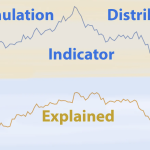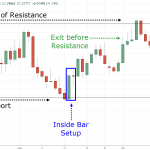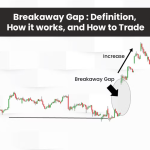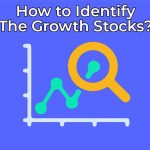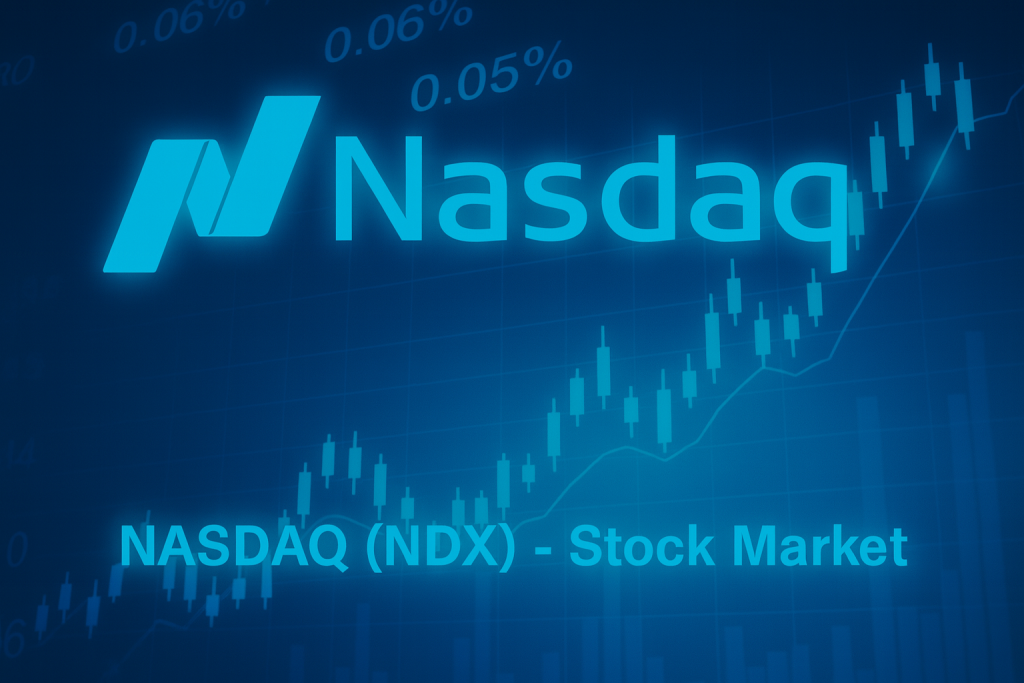
The Nasdaq 100 Index (NDX) is a stock market index that represents the 100 largest non-financial companies listed on the Nasdaq stock exchange, ranked by market capitalization. It is one of the most prominent indices in the world, particularly known for its focus on technology and growth companies. The Nasdaq 100 includes companies from sectors such as technology, healthcare, consumer services, and industrials, but excludes financial firms, which sets it apart from broader indices like the S&P 500. Companies like Apple (AAPL), Microsoft (MSFT), Amazon (AMZN), Tesla (TSLA), and Alphabet (GOOGL) dominate the Nasdaq 100, making it heavily tilted towards tech-driven growth.
Composition and Weighting
The Nasdaq 100 is market-capitalization-weighted, meaning companies with the largest market caps have the greatest influence on the index’s performance. This market-cap weighting gives more prominent tech giants a significant role in determining the direction of the index. For instance, the top five or six companies often make up more than 40% of the index’s total weighting. As a result, the Nasdaq 100 tends to reflect the performance of high-growth sectors like technology, rather than the broader economy.
The index is often viewed as a barometer for the health of the technology sector and is known for its volatility compared to more diversified indices like the Dow Jones Industrial Average or the S&P 500. Its tech-heavy composition makes it attractive to investors who are seeking exposure to companies with high growth potential, particularly in areas such as cloud computing, artificial intelligence, electric vehicles, and e-commerce.
QQQ ETF
For investors looking to gain exposure to the Nasdaq 100, the Invesco QQQ ETF is one of the most popular ways to do so. Often simply referred to as “the Qs,” the QQQ ETF tracks the performance of the Nasdaq 100 index and is one of the largest and most traded ETFs in the world. It is widely used by both retail and institutional investors because of its liquidity, ease of trading, and low expense ratio compared to mutual funds.
Investing in the QQQ allows investors to hold a portfolio that includes the same 100 companies found in the Nasdaq 100, providing a cost-effective way to gain exposure to major tech-driven companies. The ETF offers diversification within the technology and growth sectors without requiring individual stock picking. Because the Nasdaq 100 is known for high growth, the QQQ is often used by investors seeking aggressive capital appreciation, although it can also introduce more risk due to the inherent volatility of tech stocks.
Performance and Growth
Historically, the Nasdaq 100 has outperformed many other indices, particularly in bull markets driven by technology and innovation. The success of companies like Apple, Microsoft, and Amazon has contributed to the Nasdaq 100’s impressive returns over the past decade, making it a favorite among growth-oriented investors. However, this also means that during market corrections, the index may experience more pronounced volatility compared to more balanced indices.
Over the past few years, the QQQ ETF has become synonymous with tech investing, largely due to its high exposure to the “FAANG” stocks (Facebook, Amazon, Apple, Netflix, Google) and other tech giants. Investors looking for exposure to cutting-edge innovation often turn to the QQQ, as the companies within the index are leaders in technological advancements and global market share.
Investment Strategies with NDX and QQQ
The Nasdaq 100 and QQQ are ideal for several types of investment strategies, including:
- Growth Investing: Since the Nasdaq 100 is composed largely of high-growth tech companies, it appeals to investors looking for capital appreciation rather than income. Companies within the index tend to reinvest profits into business expansion rather than paying large dividends.
- Sector-Specific Exposure: Investors seeking specific exposure to technology and innovation can use QQQ to align their portfolios with this high-growth sector without taking on the risk of investing in a single stock.
- Long-Term Buy-and-Hold: Given the historical success of tech giants within the Nasdaq 100, many long-term investors hold QQQ as part of their core portfolio to capitalize on the future growth of industries like cloud computing, AI, and electric vehicles.
- Options and Hedging: Due to its liquidity and high volume of trades, QQQ is also popular for options traders and those seeking short-term exposure to the Nasdaq 100. Many institutional investors use QQQ options and futures to hedge against risk in their portfolios.
Conclusion
The Nasdaq 100 (NDX) and its corresponding ETF, QQQ, are powerful tools for investors looking to tap into the growth potential of the technology sector and other innovative industries. While the index’s concentration in tech makes it more volatile, it also provides opportunities for outsized returns in bull markets. Whether for long-term growth or short-term trading, the Nasdaq 100 and QQQ continue to be a popular choice for investors focused on future-forward companies and sectors.


